Home>Articles>How Many Yards Of Fabric Are Needed For A Queen Size Quilt
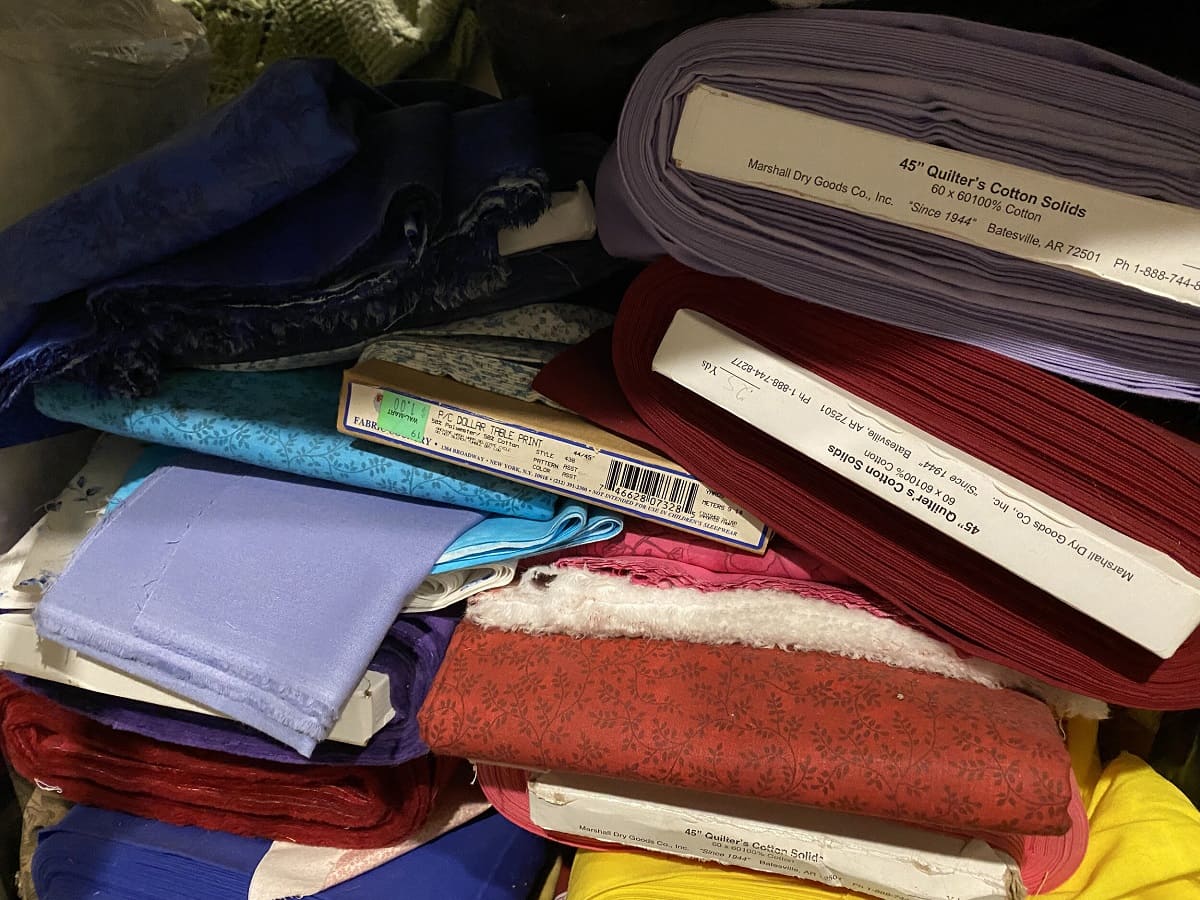

Articles
How Many Yards Of Fabric Are Needed For A Queen Size Quilt
Modified: August 22, 2024
Looking for articles on how many yards of fabric you'll need for a queen size quilt? Check out our guide to ensure you have the perfect amount of fabric for your quilting project.
(Many of the links in this article redirect to a specific reviewed product. Your purchase of these products through affiliate links helps to generate commission for Storables.com, at no extra cost. Learn more)
Introduction
Welcome to the world of quilting! Whether you’re a seasoned quilter or just starting out, creating a beautiful and cozy quilt is always a fulfilling experience. When it comes to making a queen size quilt, one of the most important considerations is how much fabric you will need. In this article, we will explore the factors to consider and provide a comprehensive guide to estimating fabric yardage for your queen size quilt.
A queen size quilt is designed to fit a standard queen size bed, which typically measures 60 inches by 80 inches. The quilt size may vary depending on the desired drop, which refers to how much the quilt hangs over the sides of the mattress. The drop can range from a few inches to touching the floor. It’s important to take accurate measurements of your bed to ensure a proper fit for your quilt.
When it comes to selecting fabric for your quilt, the possibilities are endless. From bold and vibrant prints to soothing and subtle hues, you have the freedom to unleash your creativity. However, before you dive into selecting fabrics, there are a few factors you should consider to determine the fabric yardage needed for your queen size quilt.
The fabric you choose will depend on various factors, such as the quilt design and pattern, block size, and the desired aesthetic. Some patterns may require more fabric, especially if they have intricate designs or larger blocks. Additionally, if you plan on incorporating borders, sashing, or bindings into your quilt, you will need extra fabric for those elements.
Another factor to consider is the fabric’s width. Most quilting cotton fabrics come in a standard width of 42-44 inches. However, some fabrics may have different widths, like 54 inches or even wider for specialty fabrics. The fabric width will affect the calculation of fabric yardage, as wider fabrics may require less yardage compared to narrower fabrics.
Now that you have a better understanding of the factors that influence fabric yardage, let’s move on to estimating the total amount of fabric you will need for your queen size quilt. By following our step-by-step guide and considering additional considerations, you’ll be able to confidently calculate the fabric yardage for your next quilting project.
Key Takeaways:
- When estimating fabric yardage for a queen size quilt, consider factors like quilt design, block size, fabric width, and additional elements. Accurate measurements and allowances ensure a successful quilting project without fabric shortages.
- Pre-washing fabric, understanding fabric grain, and considering quilt layout variations are crucial when calculating fabric yardage. Careful planning and incorporating these factors lead to optimal fabric utilization and a beautiful queen size quilt.
Understanding Queen Size Quilts
A queen size quilt is a popular choice for those who want a quilt that fits a standard queen size bed, typically measuring 60 inches by 80 inches. It provides ample coverage and is suitable for individuals or couples. Queen size quilts are versatile and can be used as a decorative bed covering or as a cozy blanket during colder months.
When it comes to designing a queen size quilt, you have a range of options. From traditional patchwork designs to modern and contemporary patterns, the possibilities are endless. You can choose to create a quilt using blocks, where each block features a different pattern or design, or opt for a whole cloth quilt, where the quilt top is made from a single piece of fabric.
Queen size quilts can be designed with various techniques, such as appliqué, hand piecing, or machine piecing. The choice of technique depends on your skill level and personal preference. Appliqué involves attaching fabric shapes onto a background fabric, creating a layered and textured look. Hand piecing involves stitching fabric pieces together by hand, while machine piecing utilizes a sewing machine for faster and more precise assembly.
When it comes to quilt batting, which provides warmth and structure to the quilt, there are a variety of options to choose from. Cotton batting is a popular choice for its soft and breathable properties. Polyester batting is lightweight and provides a fluffy and lofty appearance. Wool batting offers excellent insulation and is perfect for colder climates. The choice of quilt batting will depend on your desired level of warmth and personal preference.
The quilt backing is the fabric that is used on the back of the quilt. It can either be a single large piece of fabric or a pieced backing made from multiple fabric strips or blocks. The backing fabric should be wide enough to accommodate the size of the quilt top, allowing for extra fabric to be used for quilting and securing the layers together.
Once you have designed and assembled your queen size quilt top, it’s time to add the quilting stitches. Quilting can be done by hand or using a sewing machine. Hand quilting involves stitching through all three layers of the quilt using a needle and thread, creating intricate and personalized designs. Machine quilting uses a sewing machine to stitch the layers together with either straight or decorative stitches. Quilting adds texture, stability, and durability to the quilt.
Understanding the components and techniques involved in creating a queen size quilt will help you make informed decisions when it comes to estimating fabric yardage and designing your quilt. Now that you have a solid understanding of queen size quilts, let’s move on to the factors to consider before calculating fabric yardage for your project.
Factors to Consider before Calculating Fabric Yardage
Before you calculate the fabric yardage needed for your queen size quilt, there are several factors you should consider. Taking these into account will ensure that you have enough fabric to complete your project without any last-minute surprises.
1. Quilt Design and Pattern: The design and pattern you choose for your quilt will greatly impact the amount of fabric you’ll need. Some designs, like intricate blocks or large-scale prints, may require more fabric to properly showcase the design. Consider the number of pieces in your design and their dimensions when estimating fabric yardage.
2. Block Size: If you’re working with quilt blocks, the size of each block will affect the fabric yardage. Larger blocks will require more fabric compared to smaller ones. Take accurate measurements of your block dimensions to ensure you have enough fabric to cut the necessary pieces.
3. Borders, Sashing, and Bindings: If you plan on adding borders, sashing (strips of fabric between blocks), or bindings (the fabric edge that wraps around the quilt), you’ll need extra fabric. Calculate the necessary lengths and widths for these additional elements and include them in your fabric yardage estimation.
4. Fabric Width: Consider the width of the fabric you plan to use. Most quilting cottons come in a standard width of 42-44 inches, but some fabrics may be wider. Wider fabrics will require less yardage compared to narrower ones. Take note of the fabric width to calculate the necessary yardage accurately.
5. Seams and Quilting Allowance: Remember to account for seam allowances when calculating your fabric yardage. This ensures that you have enough fabric to sew the pieces together. Additionally, if you plan on quilting the layers together, you’ll need extra fabric for the backing and batting. Take these allowances into consideration to avoid fabric shortages.
6. Fabric Print and Direction: If your fabric has a directional print or pattern, consider how you will cut and align the pieces. This will affect how much fabric you need, especially if you want to maintain a consistent pattern or orientation throughout the quilt.
By considering these factors before calculating fabric yardage, you’ll have a better understanding of the amount of fabric you need for your queen size quilt. Taking accurate measurements and considering any additional elements or allowances will ensure a successful quilting project without any fabric shortages.
A standard queen size quilt typically requires around 8 yards of fabric for the top and backing, plus additional fabric for binding and borders. Be sure to account for any pattern or design considerations when calculating yardage.
Estimating the Total Fabric Yardage
Estimating the total fabric yardage for your queen size quilt involves a combination of careful calculations and considerations. By following these steps, you’ll be able to confidently determine the amount of fabric you need for your project.
1. Calculate the Quilt Top Fabric Yardage: Start by determining the dimensions of your quilt top. Measure the width and length of the quilt top, including any borders or sashing if applicable. To calculate the fabric yardage, divide the total area of the quilt top by the area of one fabric block or unit.
For example, if your quilt top measures 60 inches by 80 inches and you’re using 8-inch blocks, the total area of the quilt top is 4,800 square inches (60 x 80). If each block requires 64 square inches (8 x 8), divide the total area by the block area to get the number of blocks needed. In this case, it would be 75 blocks (4,800 / 64).
2. Add Seam Allowances and Quilting Allowances: When cutting fabric pieces for your quilt top, remember to include the necessary seam allowances. This will ensure that you have enough fabric to sew the pieces together. Additionally, if you plan on quilting the layers together, account for a quilting allowance, which is additional fabric width around the quilt top. This allowance is usually 4-6 inches on all sides.
3. Consider Fabric Repeats or Patterns: If your fabric has a repeat or pattern that you’d like to maintain throughout the quilt top, you’ll need extra fabric to accommodate this. Calculate the additional fabric needed based on the repeat size or pattern matching requirements.
4. Determine the Backing and Binding Fabric Yardage: The backing fabric should be wide enough to accommodate the quilt top, with extra fabric for securing the layers and quilting. Typically, adding 8-10 inches to the width and length of the quilt top is sufficient. For the binding, measure the perimeter of the quilt top and add a few extra inches for seams and corners.
5. Account for Fabric Waste: It’s always a good idea to account for some fabric waste during cutting and piecing. Adding an additional 10% to 15% to your estimated fabric yardage will ensure that you have enough fabric to work with and avoid running out.
By following these steps and considering the specific requirements of your quilt, you’ll be able to estimate the total fabric yardage needed for your queen size quilt. Always double-check your measurements and calculations to ensure accuracy and have a little extra fabric on hand for unexpected variations or adjustments. Remember, it’s better to have a bit more fabric than not enough!
Additional Considerations
When calculating fabric yardage for your queen size quilt, there are a few additional factors to consider that can help ensure a successful quilting project:
1. Pre-Washing Fabric: Before you begin cutting and piecing your fabric, you may choose to pre-wash it. Pre-washing can help remove any excess dyes or finishes, as well as shrinkage. Keep in mind that pre-washing can result in some fabric shrinkage, so it’s important to account for this when calculating your fabric yardage.
2. Fabric Selection: The type of fabric you choose can affect the yardage calculations. Different fabrics have varying widths, which can impact the amount of fabric needed. Specialty fabrics or fabrics with directional prints may require additional yardage to match patterns or maintain the desired look.
3. Fabric Grain: Understanding the fabric grain is essential when calculating yardage. Fabrics have two main grain orientations – lengthwise grain (parallel to the selvedge) and crosswise grain (perpendicular to the selvedge). Take note of the grain direction when measuring and cutting your fabric to ensure optimal fabric utilization.
4. Quilt Layout and Design Variations: Depending on your quilt design, block arrangements, or addition of different elements like borders or appliqué, you may need to adjust your fabric yardage accordingly. For example, if you plan to arrange your quilt blocks on-point or incorporate intricate piecing, you may require additional fabric to account for the pattern rotations or fabric orientation changes.
5. Batting Loft: When selecting quilt batting, consider the desired loft or thickness. Different batting types have varying lofts, and thicker batting may require additional fabric to accommodate its volume when quilting and finishing the quilt.
6. Quilting Style: The method you choose for quilting, whether by hand or machine, can impact your fabric yardage needs. Hand quilting generally requires more fabric for basting and stabilization, while machine quilting may allow for more efficient fabric usage in certain cases.
Remember, these additional considerations should be taken into account alongside the previous factors discussed. By carefully assessing these factors and incorporating them into your calculations, you’ll be well-prepared to estimate the right amount of fabric yardage for your queen size quilt.
Conclusion
Calculating fabric yardage for your queen size quilt is an important step in the quilting process. By considering various factors like quilt design, block size, borders, fabric width, seam allowances, and additional elements, you can estimate the total fabric yardage accurately. Taking into account additional considerations such as pre-washing, fabric selection, grain direction, quilt layout, batting loft, and quilting style can further enhance the success of your project.
Planning and estimating fabric yardage allows you to make informed decisions, ensuring that you have enough fabric to complete your queen size quilt without any last-minute surprises. Remember to measure and calculate accurately, and don’t forget to account for fabric waste and any pattern repeats or matching requirements.
Quilting is a creative and enjoyable journey, and having the right amount of fabric is crucial to bringing your vision to life. So take your time, consider all the factors, and enjoy the process of creating a beautiful and cozy queen size quilt.
We hope that this comprehensive guide has provided you with valuable insights and tips for calculating fabric yardage for your queen size quilt. Now, armed with this knowledge, you can confidently embark on your quilting adventure and create a stunning quilt that will bring joy and warmth for years to come.
Curious about sprucing up your bedroom with trendy designs? Once you've mastered the art of measuring fabric for a queen size quilt, why not dive into our curated selection of designs that are hitting the mark in 2024? Our featured article showcases stunning queen size quilt patterns that promise to transform any bedroom into a stylish sanctuary. Don't miss out on these eye-catching trends!
Frequently Asked Questions about How Many Yards Of Fabric Are Needed For A Queen Size Quilt
Was this page helpful?
At Storables.com, we guarantee accurate and reliable information. Our content, validated by Expert Board Contributors, is crafted following stringent Editorial Policies. We're committed to providing you with well-researched, expert-backed insights for all your informational needs.
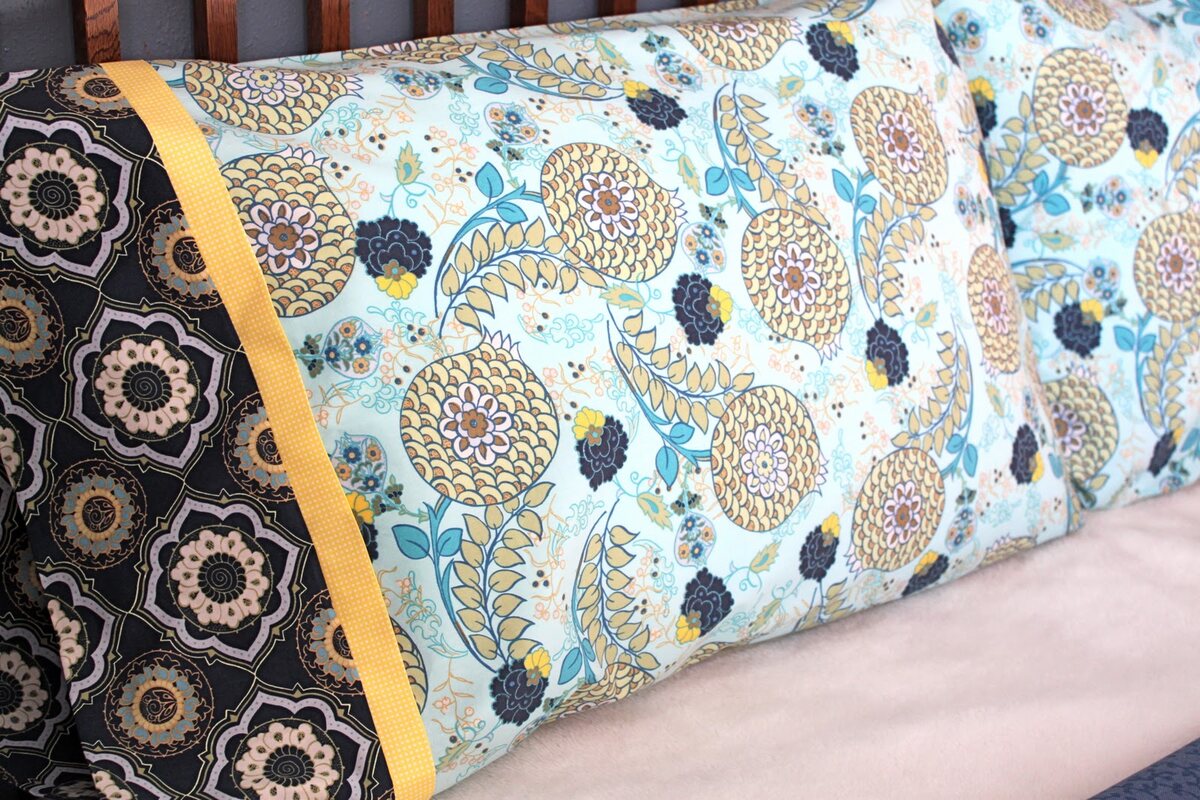
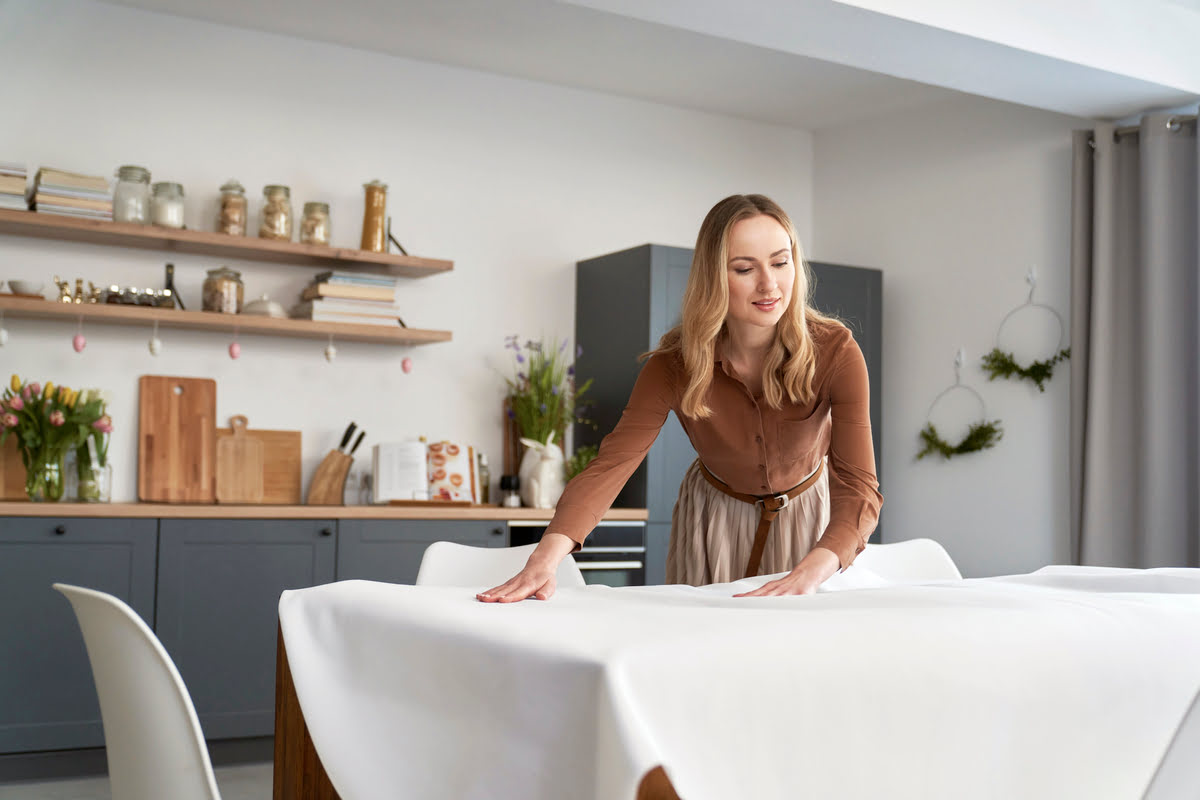
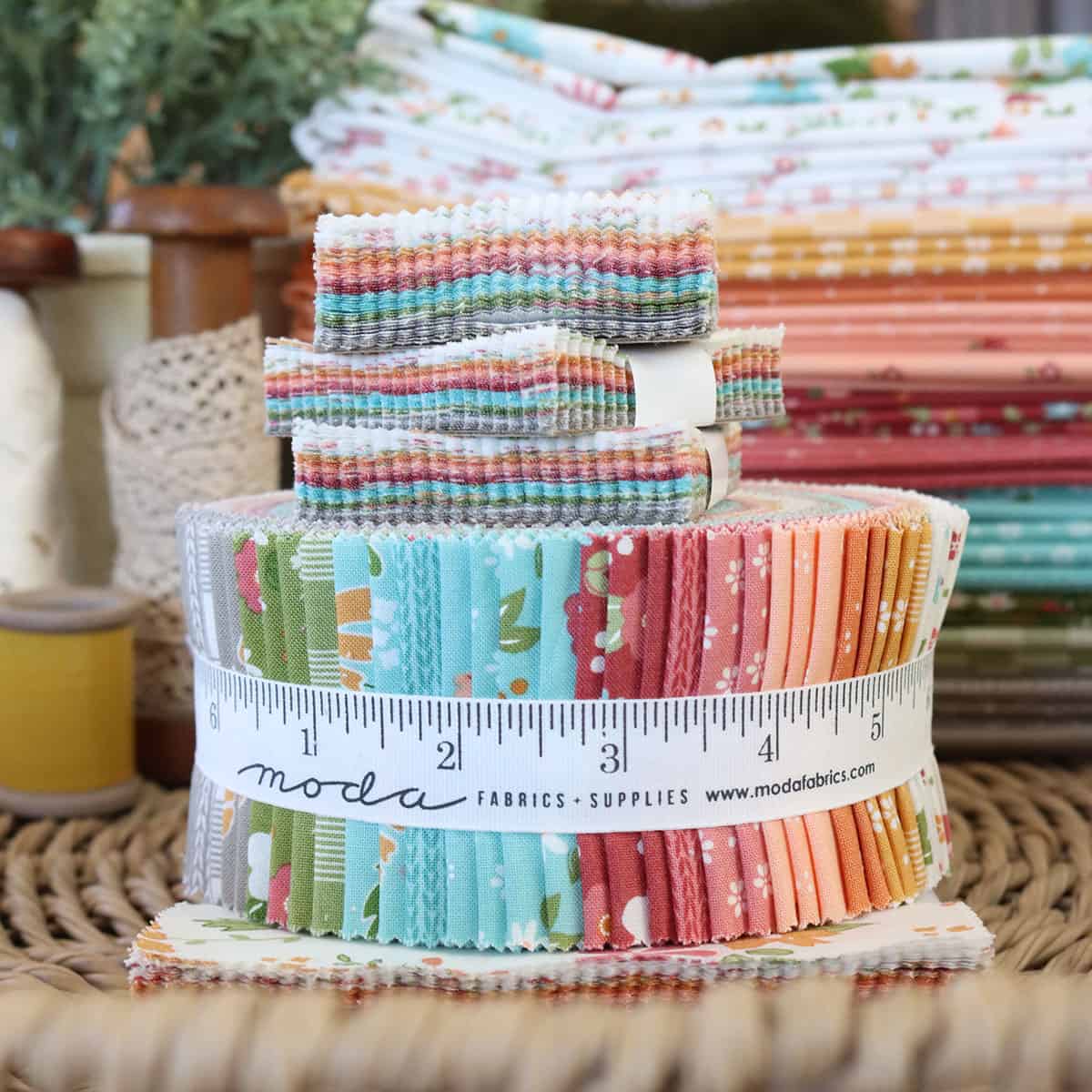
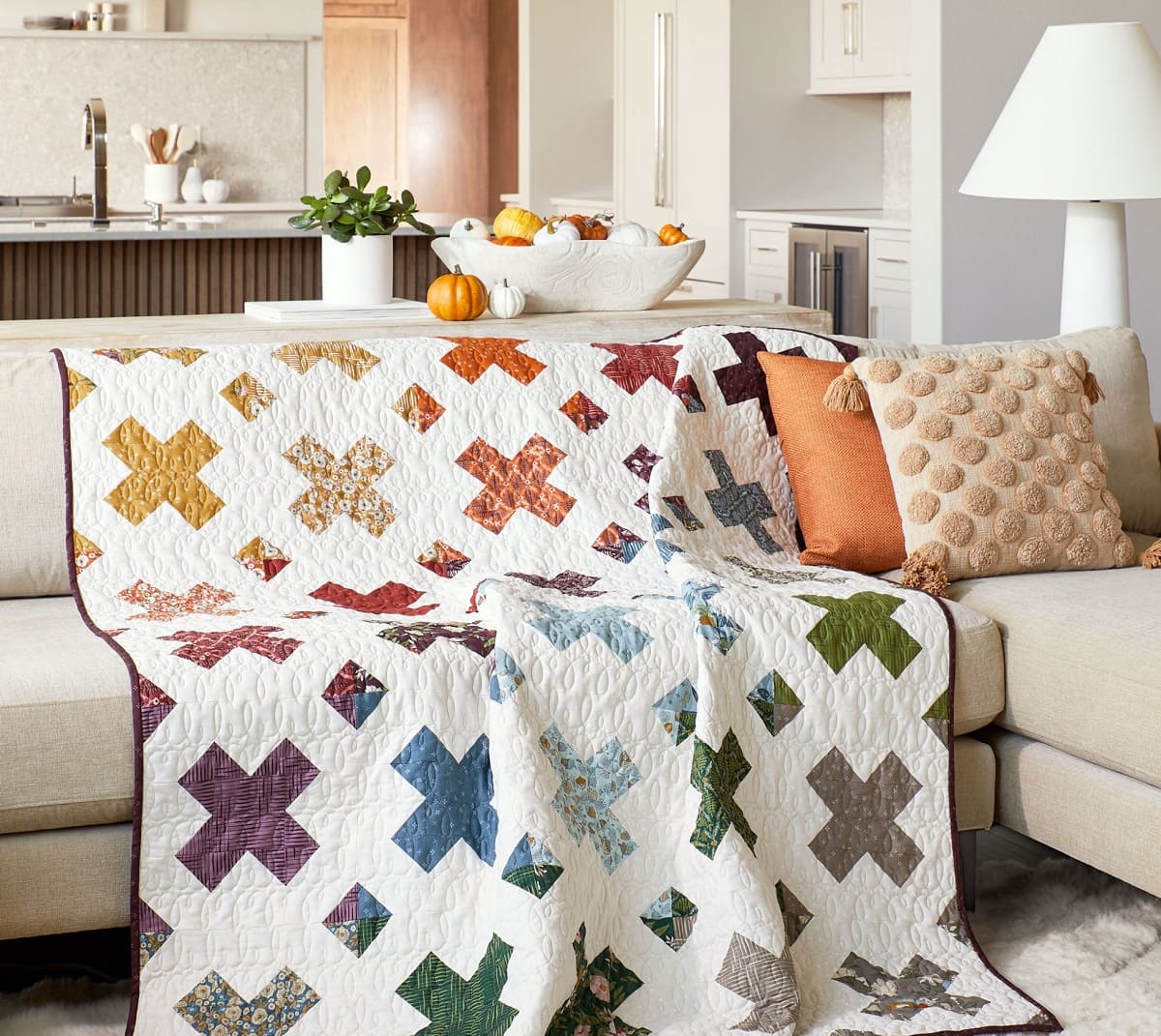
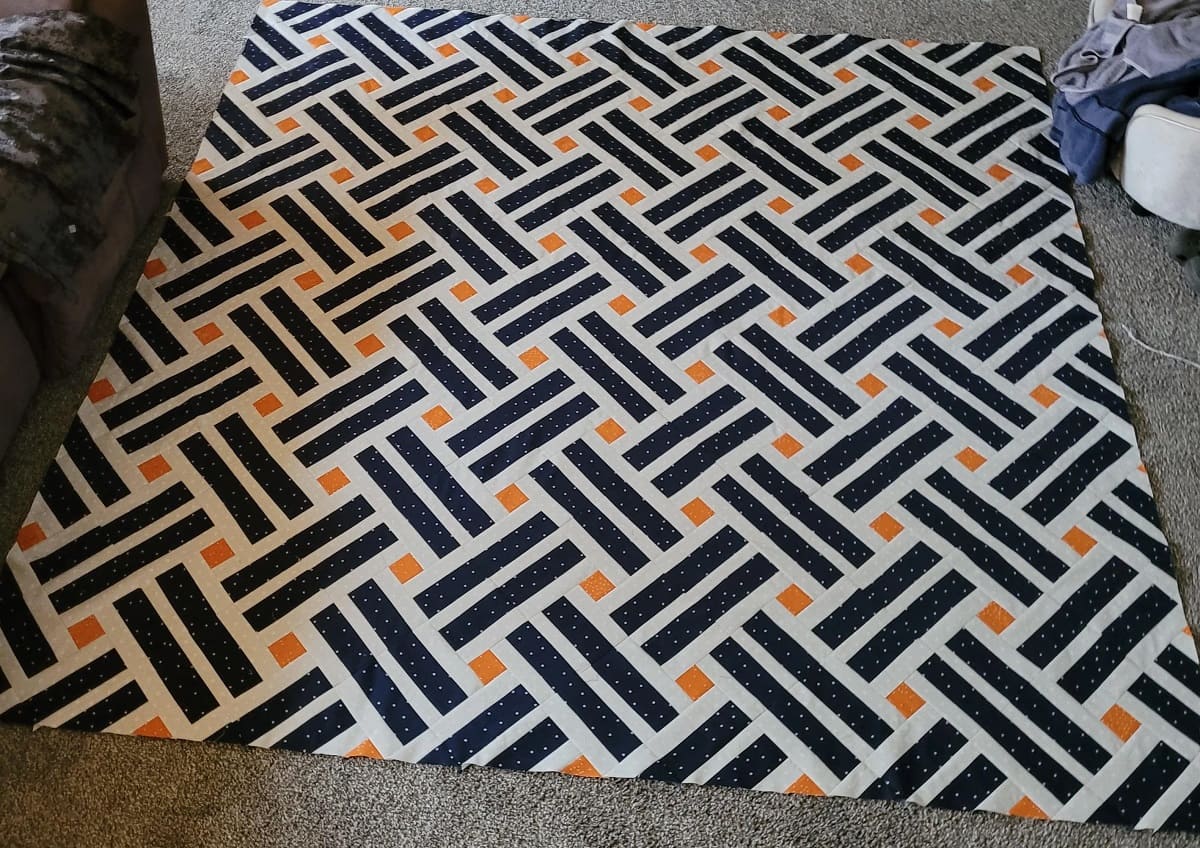
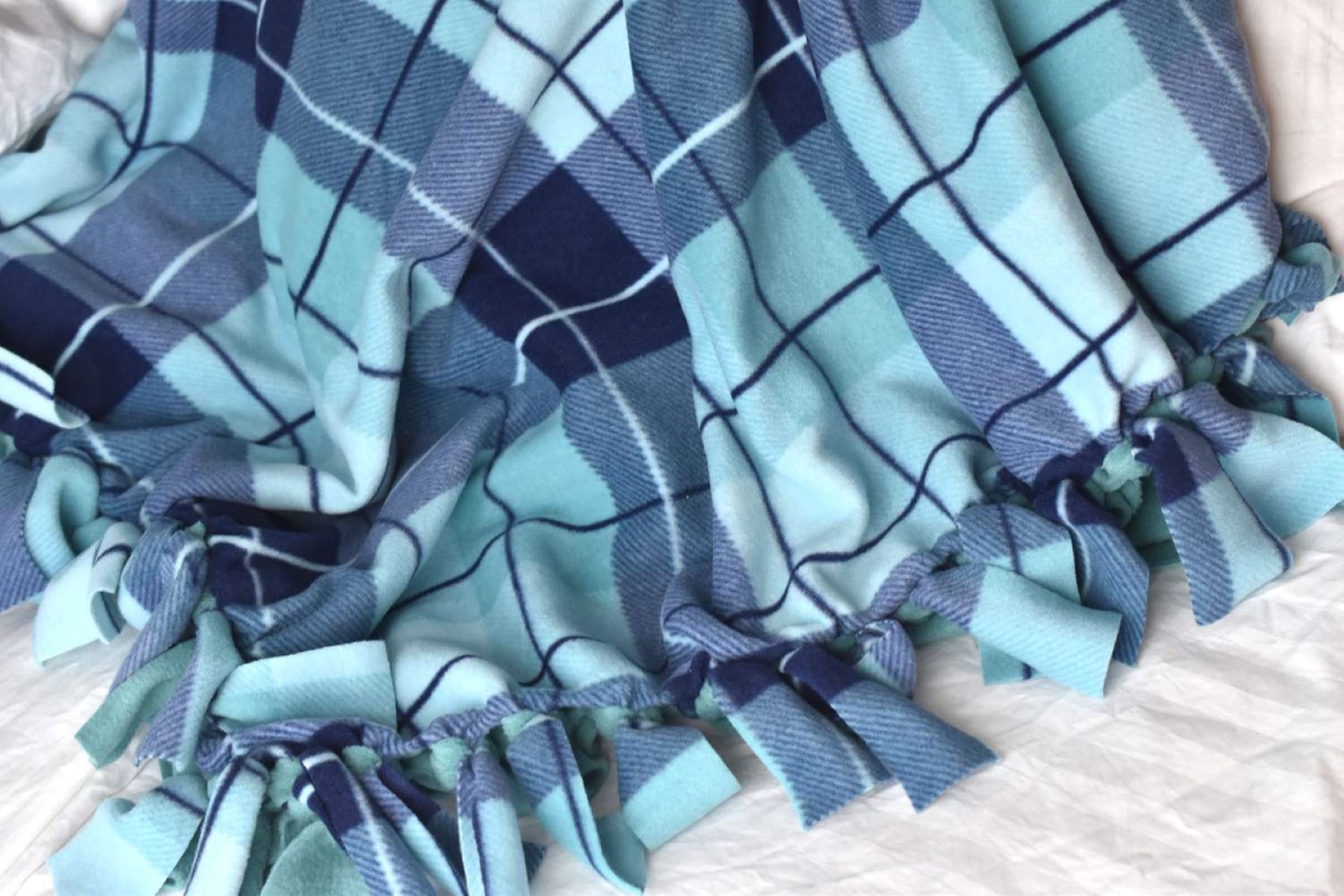
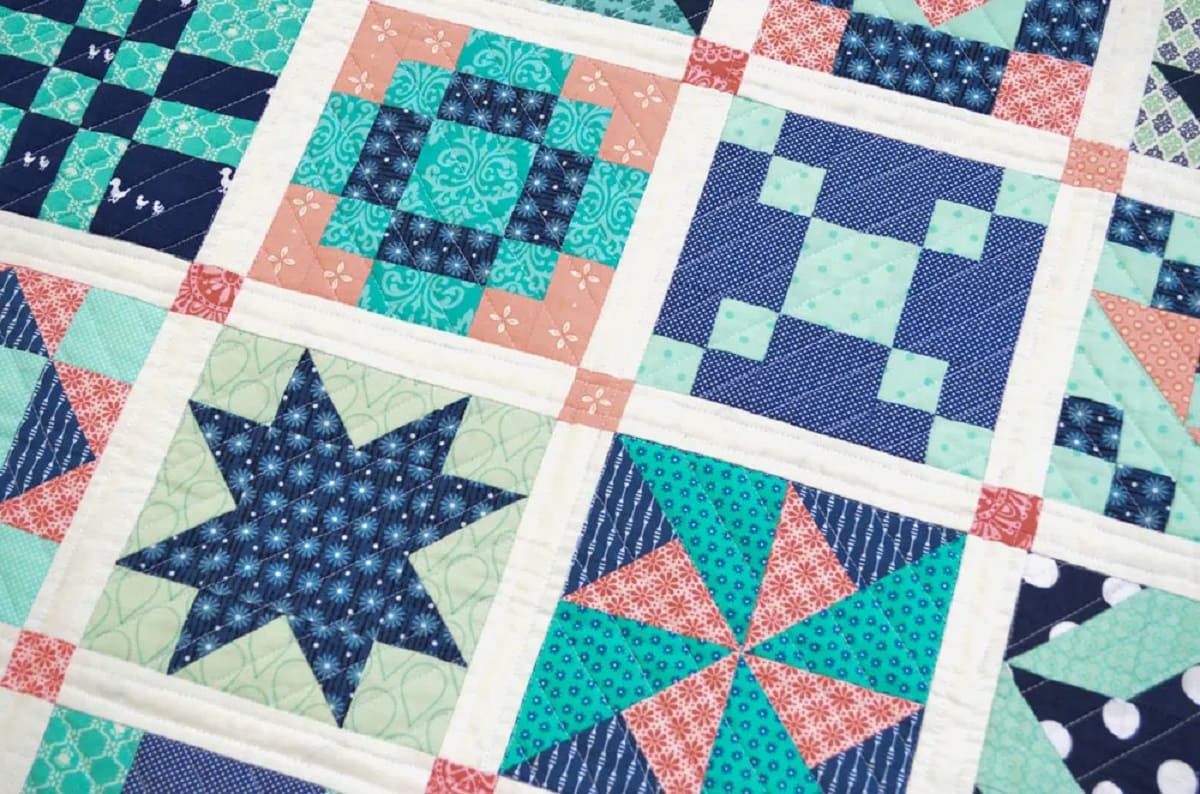
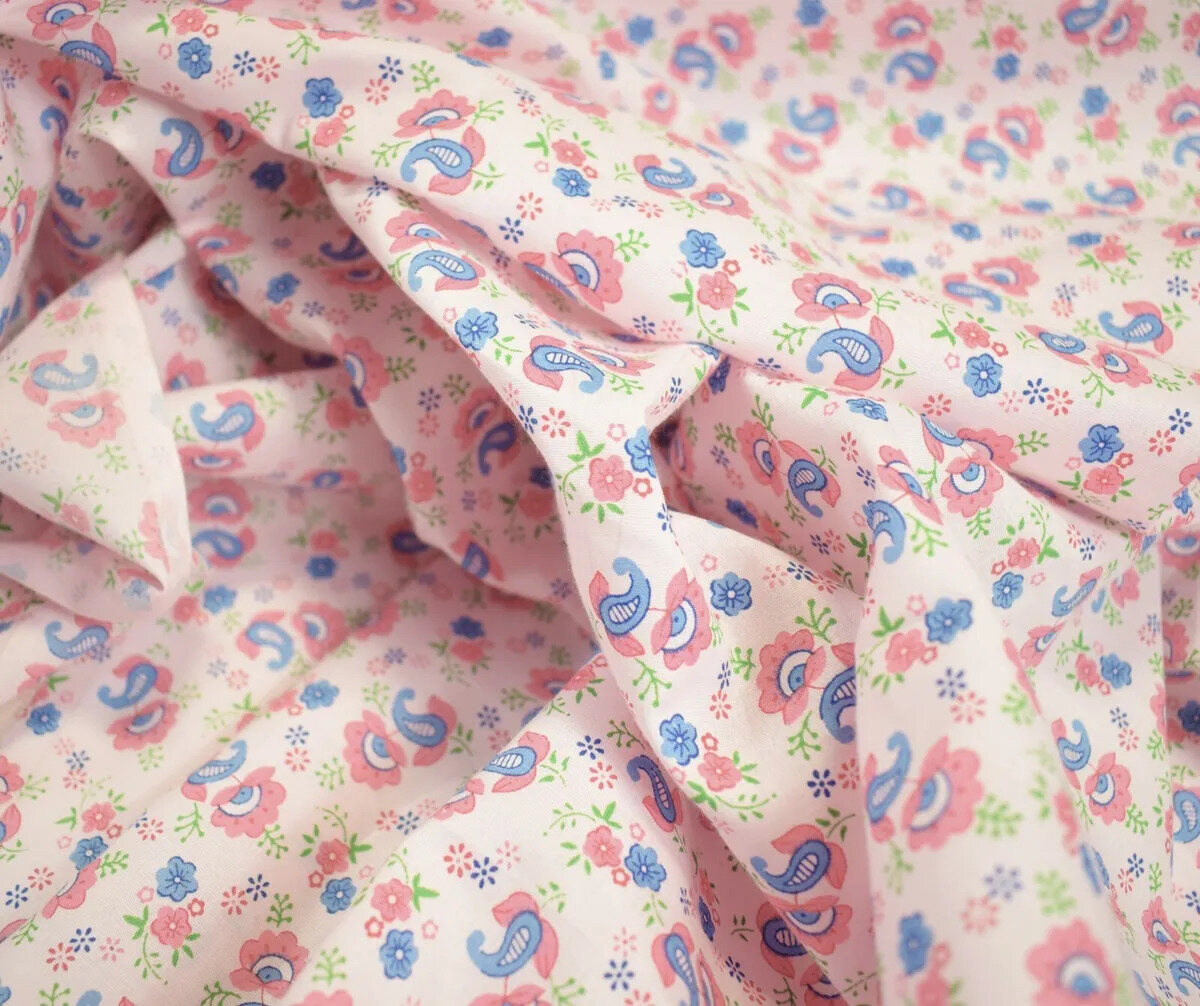
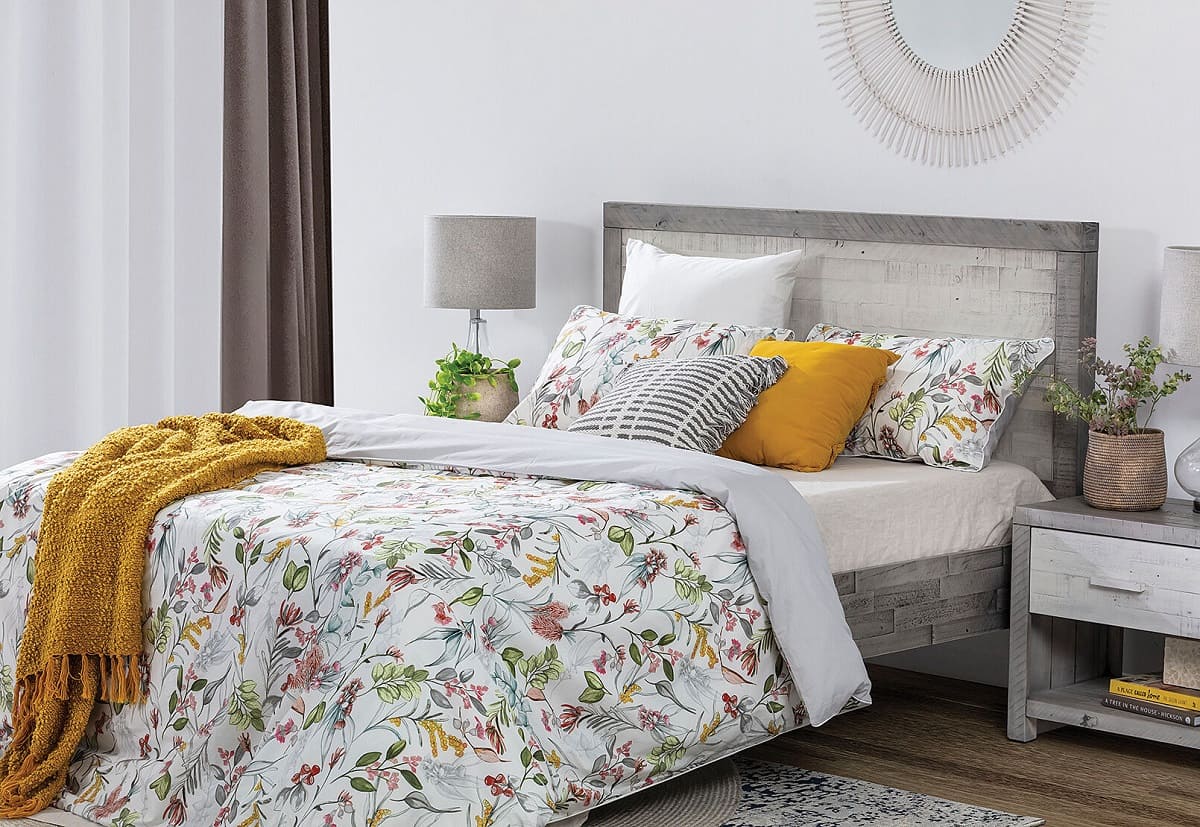
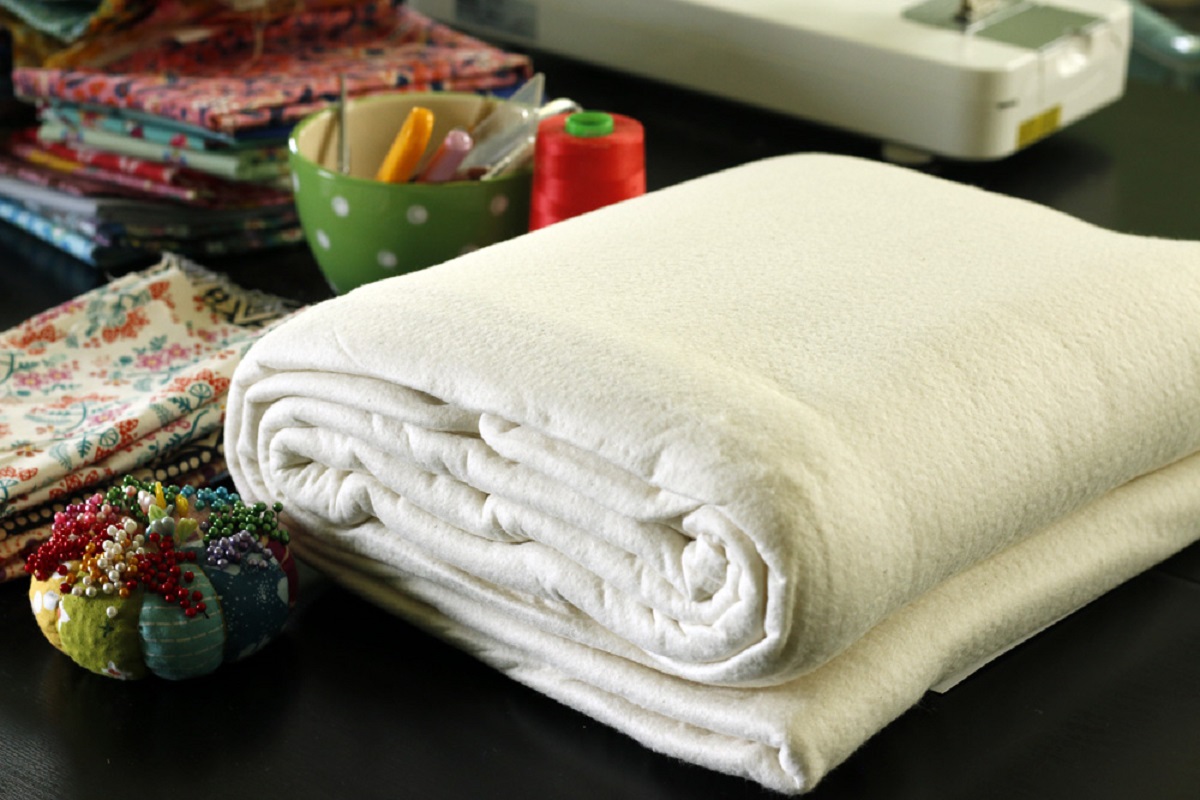
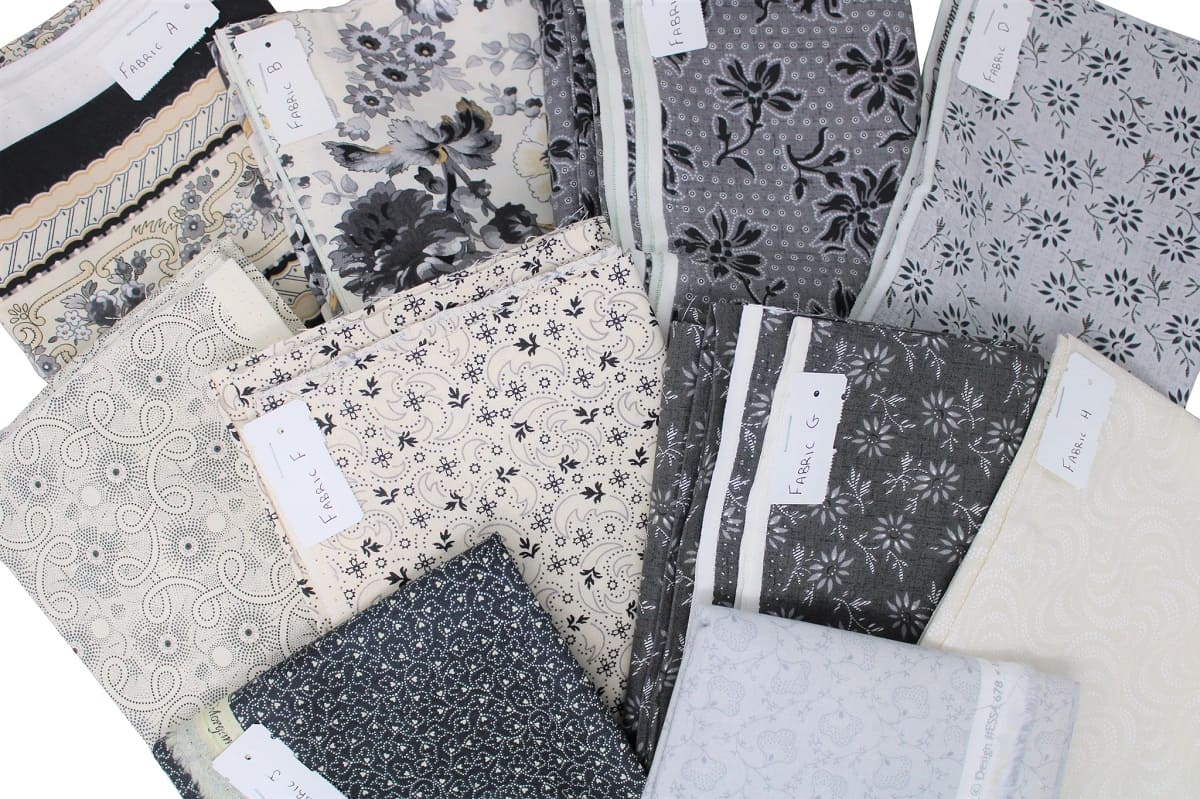
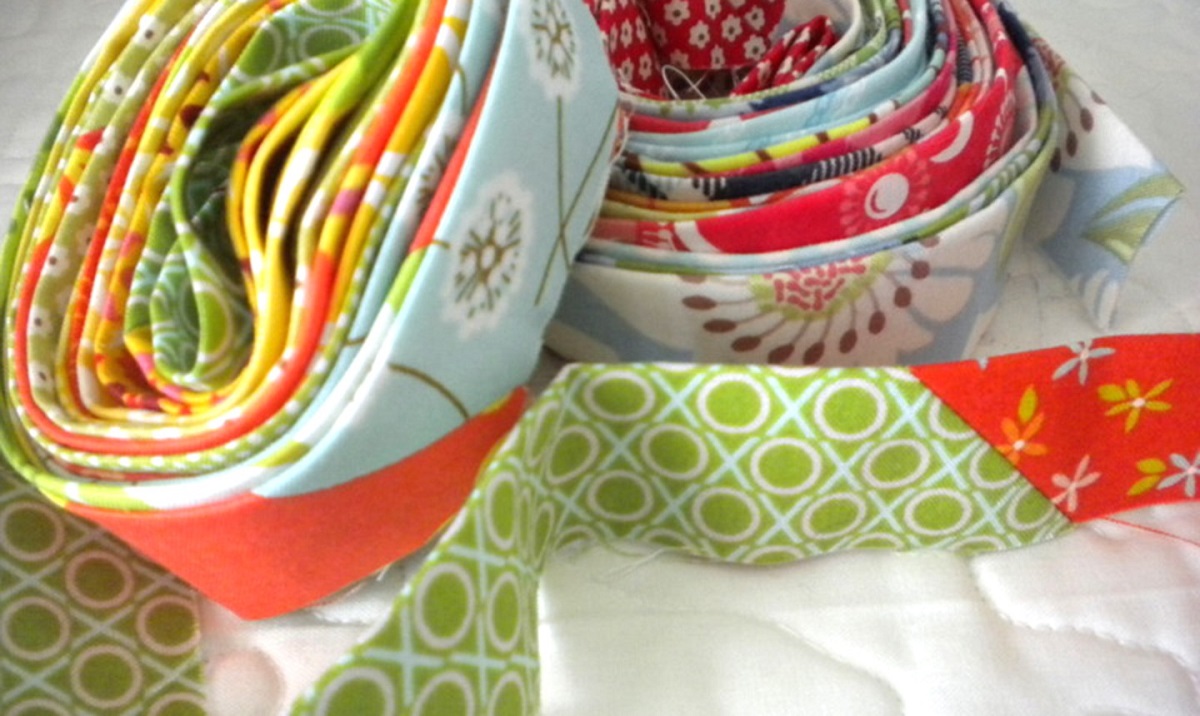
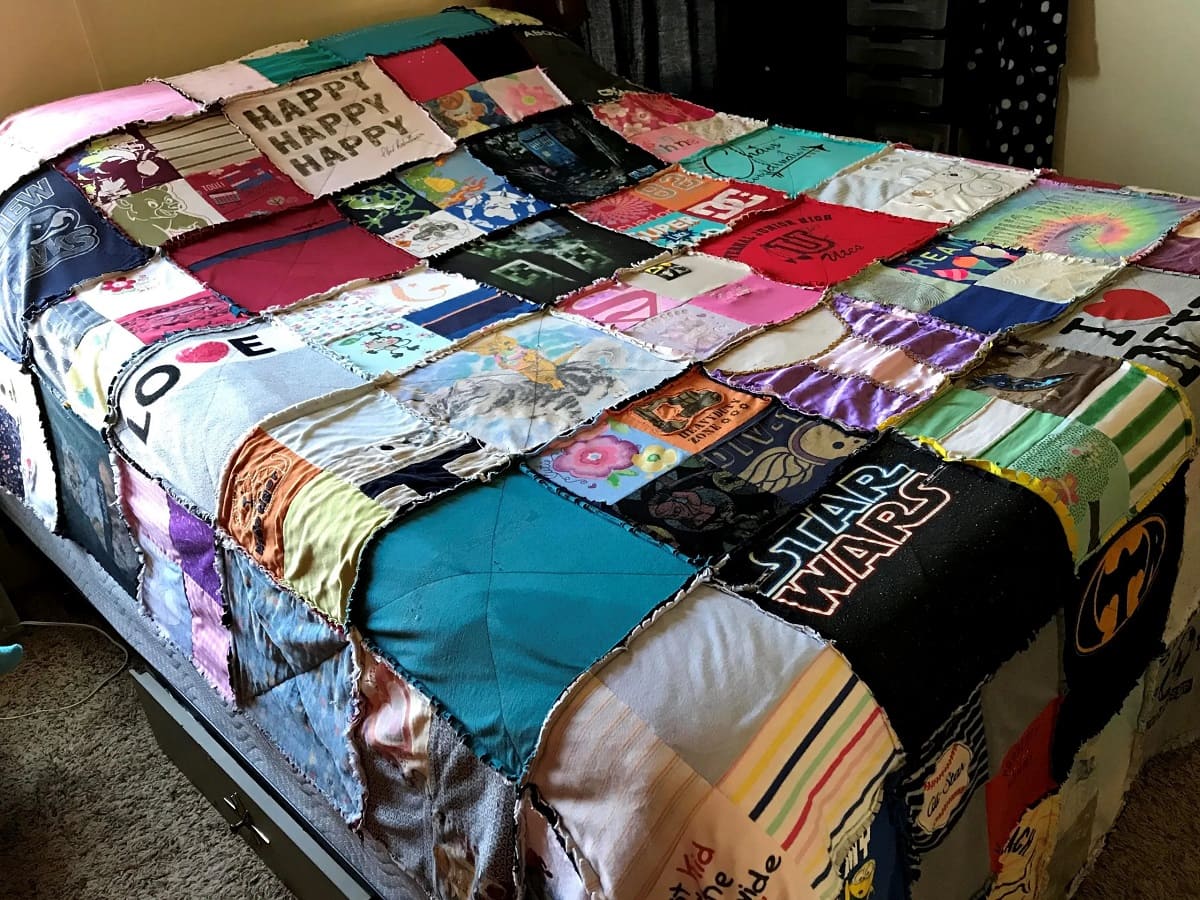
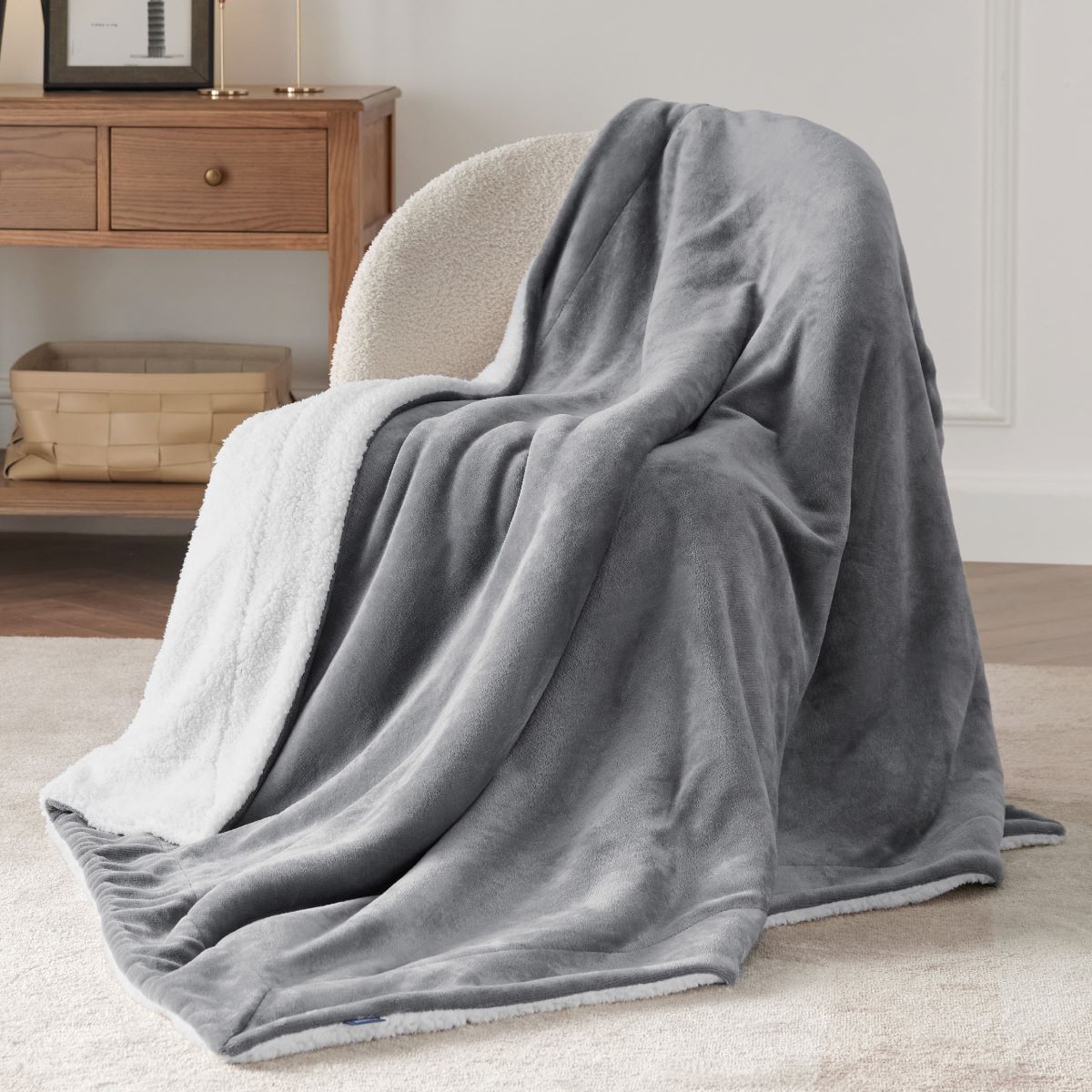

0 thoughts on “How Many Yards Of Fabric Are Needed For A Queen Size Quilt”